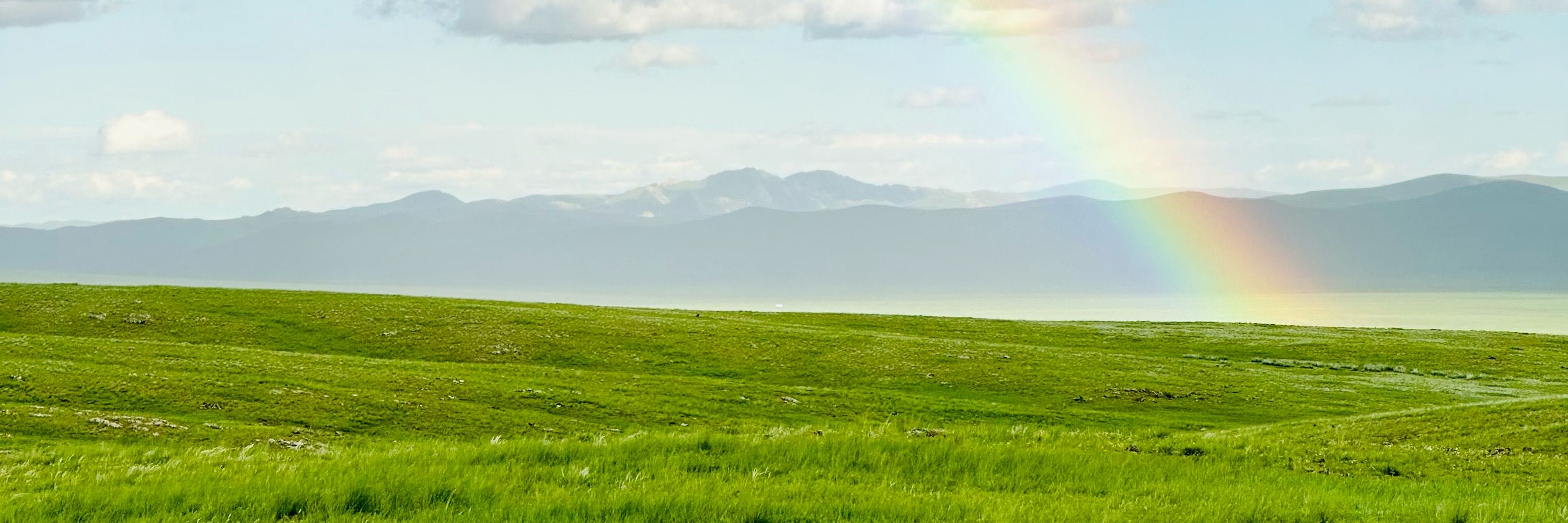Venkatesh Kolluru
@venkateshkolluru.bsky.social
620 followers
740 following
11 posts
PhD candidate (NASA LCLUC project) 🎓earth observation🌎 landscape ecology⛰️ environmental monitoring. 🛰️
Interests: vegetation dynamics, coupled natural and human systems, and climate-vegetation interactions applying geospatial technologies.
Posts
Media
Videos
Starter Packs
Pinned







